Are you ready to transform your garden into a vibrant oasis? Deadheading your roses is a simple yet effective gardening technique that not only enhances the beauty of your blooms but also encourages ongoing flowering. In this blog post, we’ll explore the benefits of deadheading, share tips on how to do it effectively and inspire you to integrate flowers with vegetables for a sustainable garden.
Introduction to Gardening Passion
Gardening is more than just a hobby; it’s a vibrant expression of creativity and sustainability. Imagine entering your garden, where the air is filled with the sweet scent of blooming flowers, and the lush greens of vegetables beckon you to explore. This is the essence of mixing flowers with vegetables, a practice that beautifies your space and contributes to a more sustainable lifestyle.
In this blog, we’ll take a deeper look into how you can transform your garden into a flourishing sanctuary. By integrating vibrant flowers with your vegetable patches, you can create a stunning visual feast while reaping the benefits of homegrown produce. Whether you have a sprawling garden or a small balcony, there are endless possibilities to cultivate your passion for gardening.
As we delve into various aspects of gardening, you’ll discover step-by-step tips for planting, caring for your plants, and even troubleshooting common issues. From selecting the right corn varieties to understanding the importance of deadheading your roses, this journey promises to inspire and motivate you to get your hands dirty and plant seeds of joy!
Sustainable Gardening: Mixing Flowers and Vegetables
Sustainable gardening is all about working with nature rather than against it. By mixing flowers with vegetables, you not only enhance the aesthetic appeal of your garden but also promote biodiversity. This practice allows beneficial insects, such as bees and butterflies, to thrive while deterring pests that might harm your crops.
For example, planting marigolds alongside your vegetable plants can help repel aphids and nematodes. Additionally, the vibrant colors of flowers attract pollinators, which are essential for the production of fruits and vegetables. This harmonious blend creates a thriving ecosystem right in your backyard.

Showcasing Corn Varieties in the Garden
Corn is a delightful addition to any garden, and there are numerous varieties to choose from, each with its unique flavour and texture. From sweet corn to ornamental popcorn, these plants not only provide delicious produce but also add height and structure to your garden beds.
When selecting corn varieties, consider your space and climate. Sweet corn, for instance, thrives in full sun and requires ample room for growth, while Bantam corn is smaller and can be planted in tighter spaces. By incorporating these varieties alongside your flowers, you create a visually appealing patch that is both functional and beautiful.
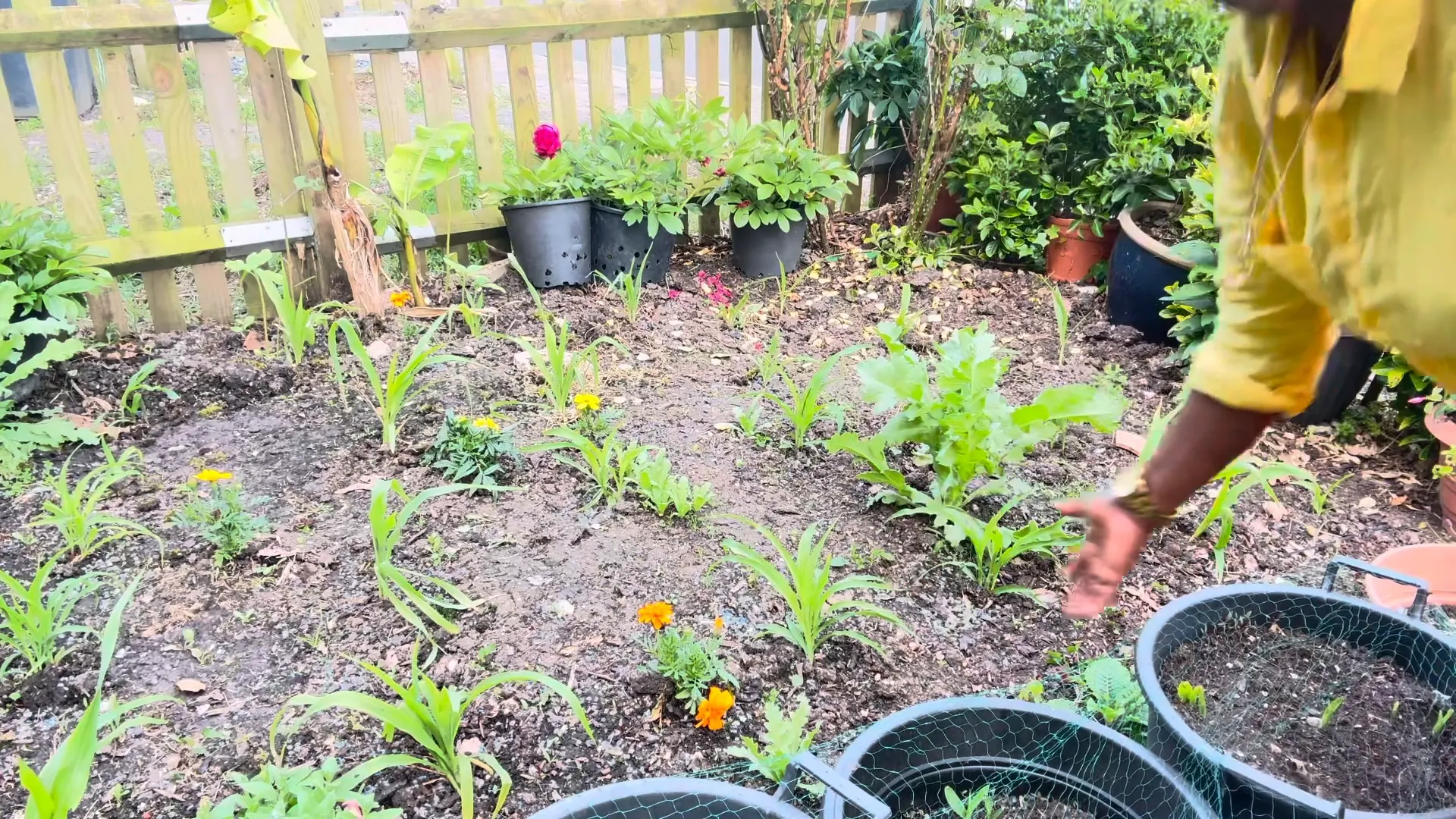
The Beauty of Peonies: A Closer Look
Peonies are a stunning addition to any garden, known for their lush blooms and captivating fragrance. These perennial flowers come in various colors and sizes, making them a versatile choice for any landscape design. The sight of peonies in full bloom can instantly elevate the beauty of your garden.
In addition to their visual appeal, peonies are relatively low-maintenance. They thrive in well-drained soil and require minimal care once established. Planting them alongside your vegetables not only enhances the garden’s beauty but also provides a lovely backdrop while you tend to your crops.

Celebrating the Rose Bush: A 25-Year Journey
Roses have long been celebrated for their timeless beauty and enchanting fragrance. Imagine nurturing a rose bush for over 25 years, watching it grow and flourish through the seasons. Such a journey is a testament to the joys of gardening and the rewards of patience and care.
Maintaining a healthy rose bush involves regular pruning and deadheading, which encourages new blooms and keeps the plant vigorous. The satisfaction of seeing your rose bush thrive for decades is truly unparalleled, making every effort worth it. In a garden where flowers and vegetables coexist, these roses become a cherished focal point.
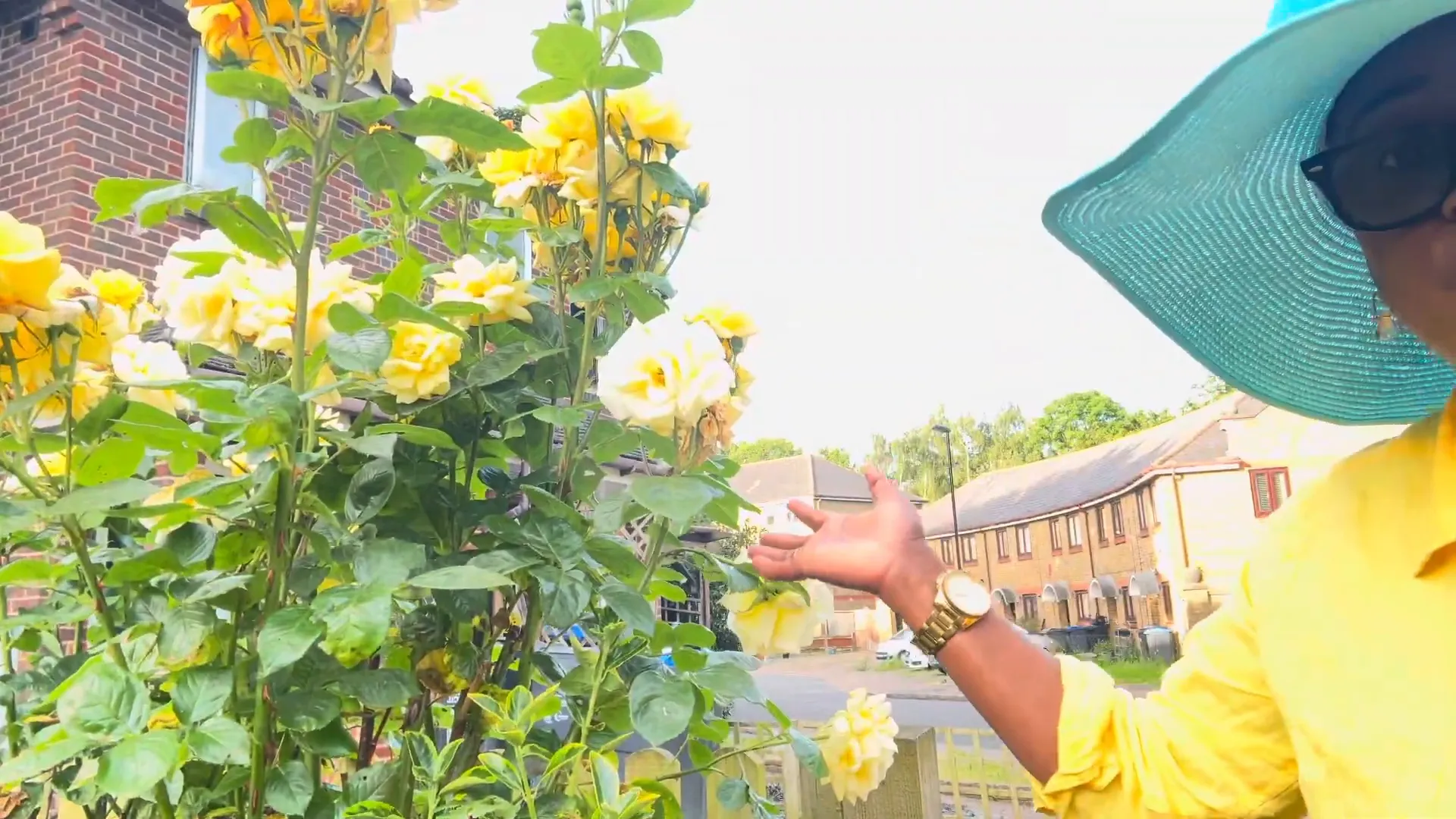
Understanding the Importance of Deadheading
Deadheading is a crucial gardening practice that involves removing spent flowers from your plants. This simple action redirects the plant’s energy into producing new blooms, ensuring your garden remains vibrant throughout the growing season. Without deadheading, plants can become less productive, leading to a decline in flower quality and quantity.
For roses, deadheading is particularly important. By removing faded blooms, you promote healthier growth and prolong the flowering period, allowing you to enjoy their beauty for longer. This practice is not just limited to roses; many flowering plants benefit from regular deadheading, making it an essential skill for any gardener.
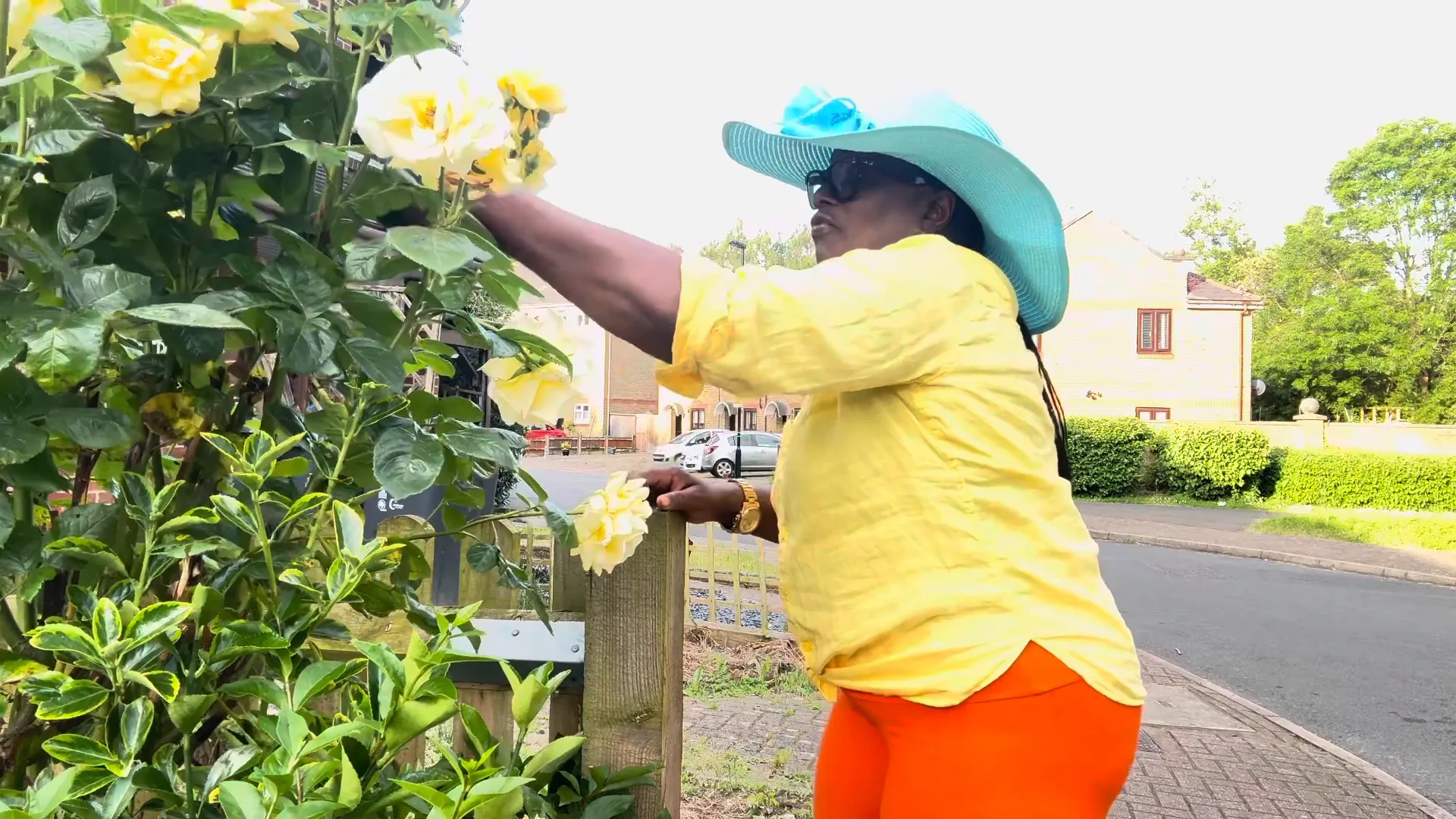
Step-by-Step Deadheading Process
Deadheading is a vital process in maintaining the health and beauty of your roses. To ensure your rose bushes flourish, follow these straightforward steps:
- Identify the Spent Blooms: Look for flowers that have wilted or dried up. These are the ones you will need to remove.
- Use Clean Tools: Grab a pair of sharp, clean pruning shears. Clean tools prevent disease from spreading among your plants.
- Cut Just Above a Leaf Node: Make your cut about 1/4 inch above a leaf node. This encourages new growth from the node.
- Remove All Deadheads: Go around the entire bush, removing all spent flowers. This not only improves appearance but also promotes more blooms.
- Dispose of the Cuttings: To avoid pest issues, collect and dispose of the dead blooms properly.
By following these steps, you can ensure your roses continue to bloom beautifully throughout the season.
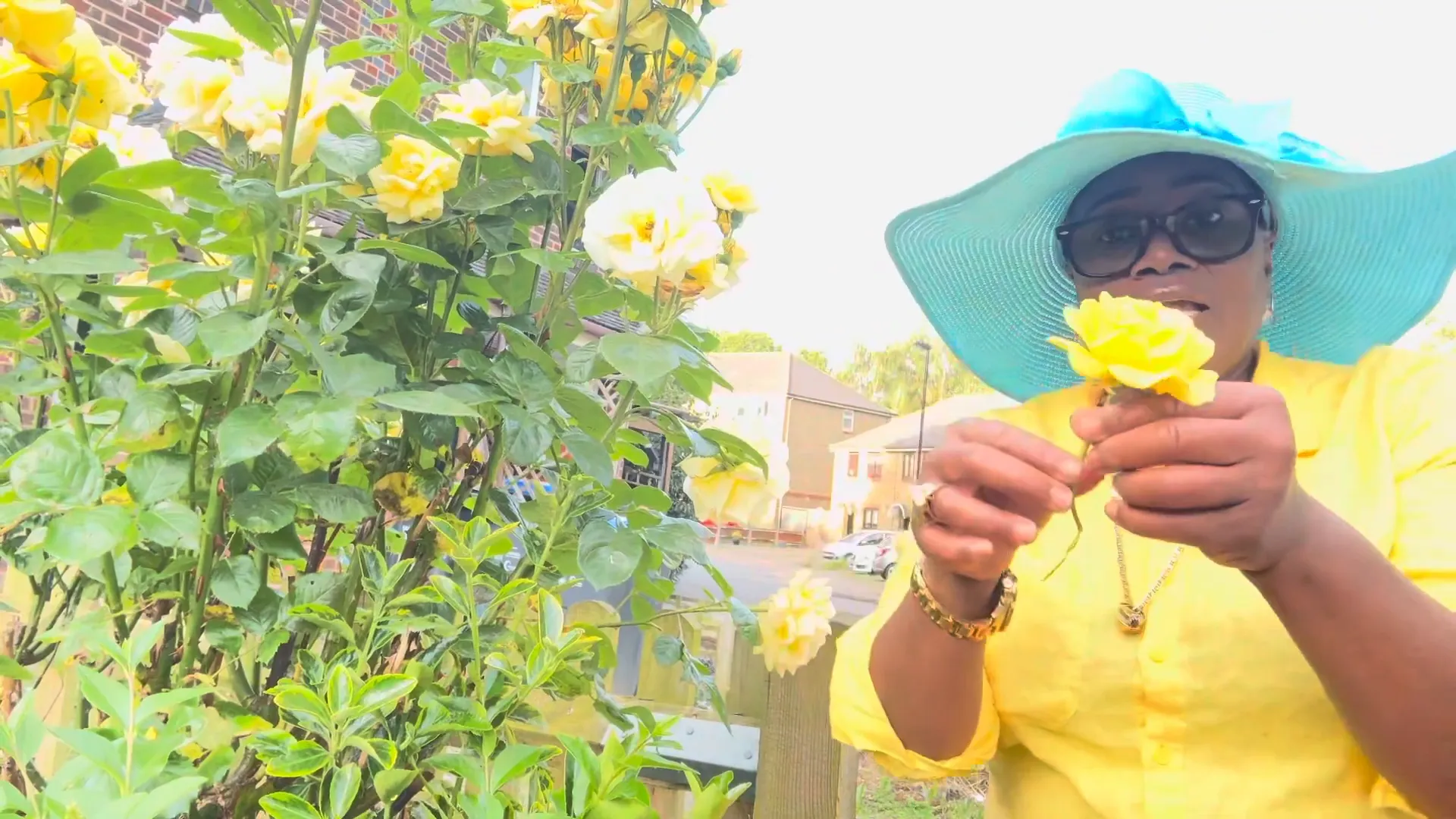
The Sweet Smell of Success: Rose Care Tips
Caring for roses goes beyond deadheading. Here are some essential tips to keep your rose bushes healthy and thriving:
- Watering: Roses require consistent moisture, especially during dry spells. Water deeply once a week rather than shallow watering frequently.
- Fertilizing: Use a balanced rose fertilizer every 4-6 weeks during the growing season to promote robust growth and blooms.
- Mulching: Apply a layer of mulch around the base of your roses to help retain moisture and suppress weeds.
- Pest Management: Keep an eye out for aphids and other pests. Introducing beneficial insects or using insecticidal soap can keep your roses pest-free.
With these tips, you’ll enjoy a garden filled with lush, fragrant roses that bring joy and beauty to your outdoor space.
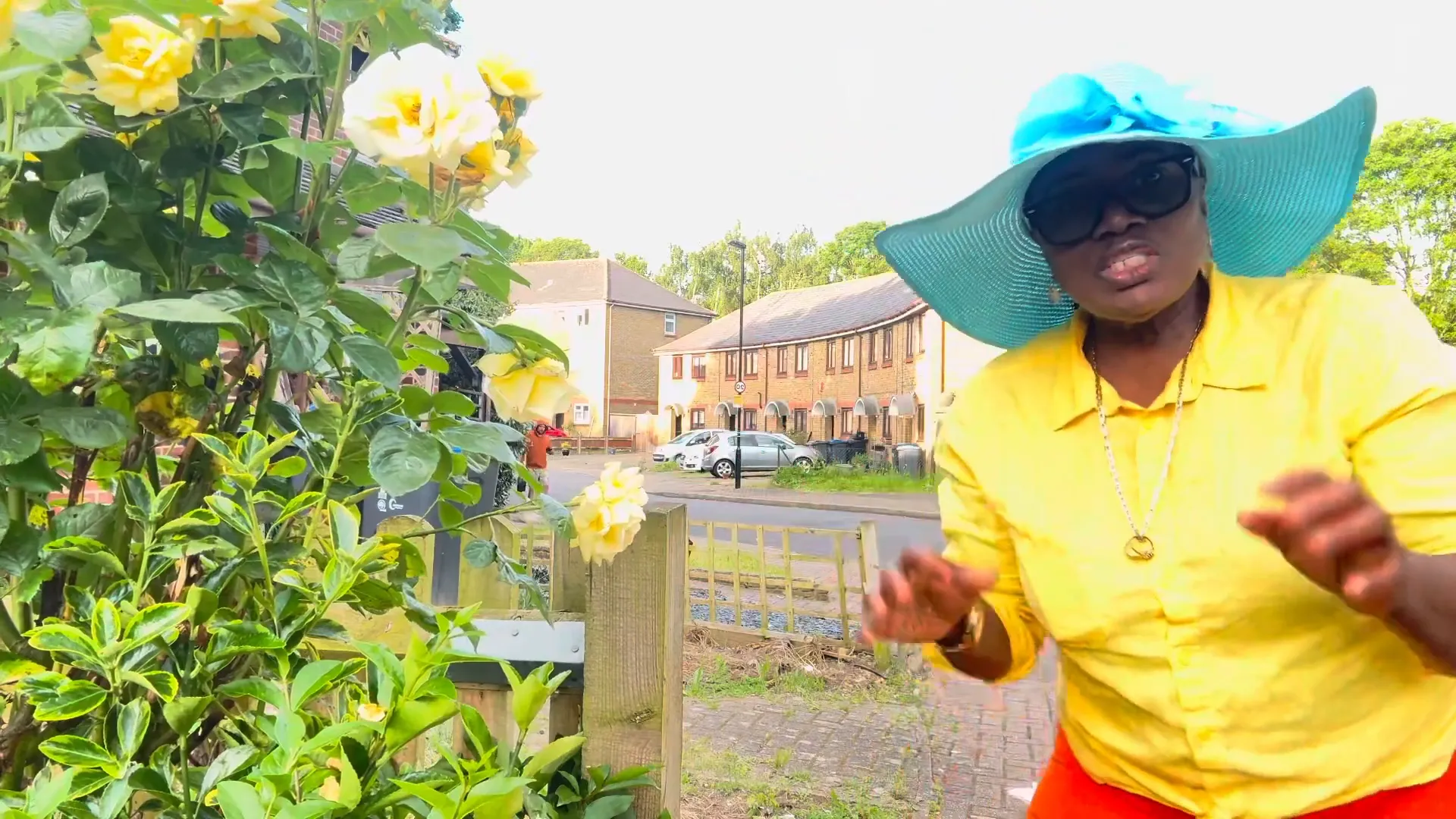
Integrating Vegetables with Flowers
Integrating vegetables with flowers is a fantastic way to create a vibrant and productive garden. Here’s how to do it effectively:
- Choose Companion Plants: Select flowers that attract beneficial insects and repel pests. Marigolds, for instance, are excellent companions for many vegetables.
- Plan Your Layout: Arrange your garden so that taller plants, like sunflowers or corn, provide shade for shorter vegetables, like lettuce or radishes.
- Maximise Space: Use vertical gardening techniques by planting climbing vegetables, like beans, alongside flowers to save space and enhance beauty.
- Seasonal Planting: Consider planting flowers that bloom at different times of the year to ensure continuous beauty alongside your vegetables.
This integration beautifies your garden and promotes a healthy ecosystem that benefits all your plants.
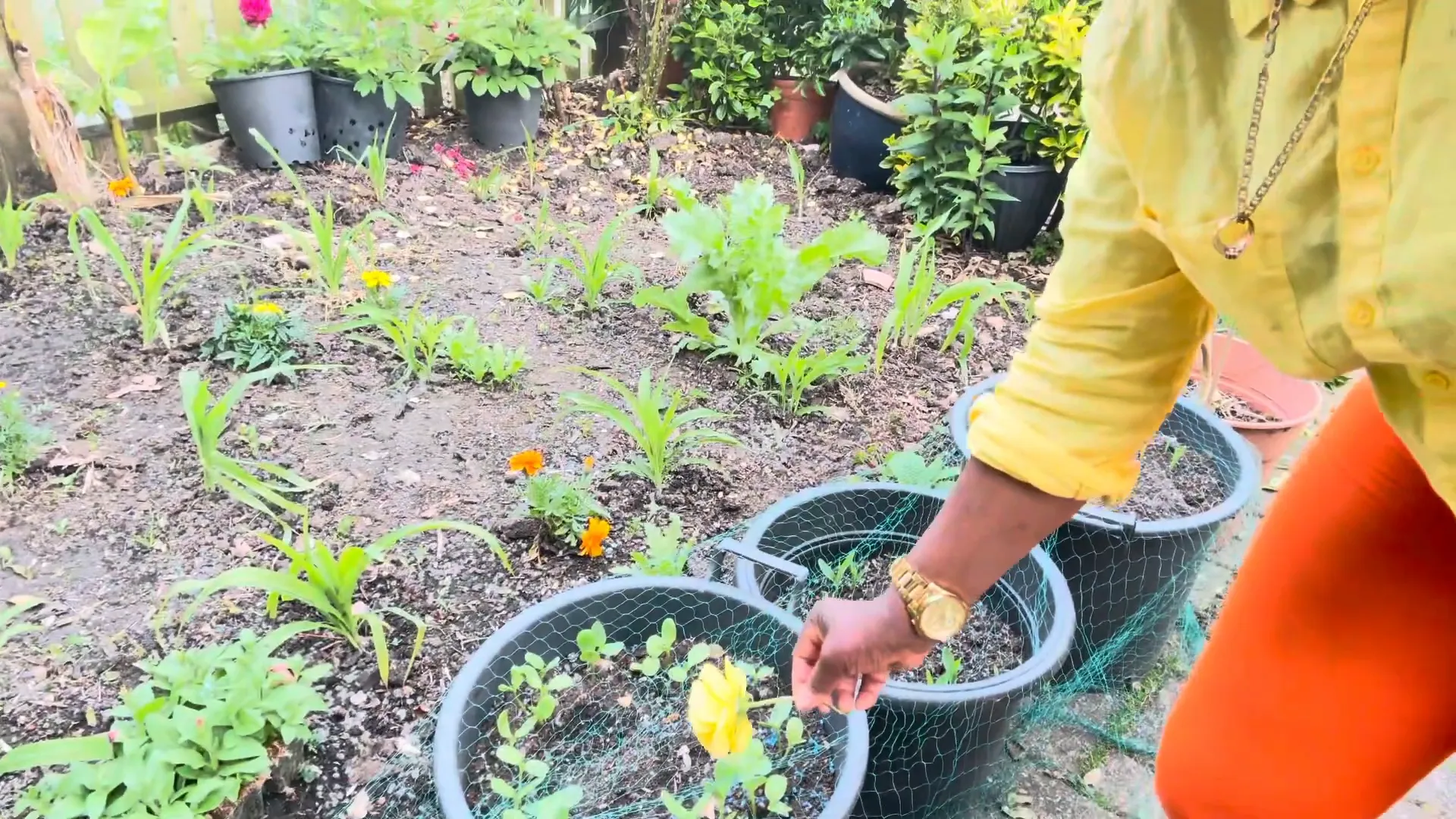
The Joy of Planting Seeds: A Rewarding Experience
There’s something incredibly satisfying about planting seeds and watching them grow. Here’s why you should embrace this rewarding experience:
- Connection to Nature: Planting seeds connects you to the earth and allows you to witness the miracle of growth.
- Food Security: Growing your own food helps ensure you have fresh, organic produce right at your fingertips.
- Cost-Effective: Starting from seeds is often more affordable than buying mature plants, allowing you to grow a diverse range of crops.
- Educational Opportunity: Gardening is a fantastic way to learn about plant biology and ecology, making it a great activity for families.
So, grab some seeds and get planting! You’ll be amazed at the joy that comes from nurturing your plants from seed to harvest.
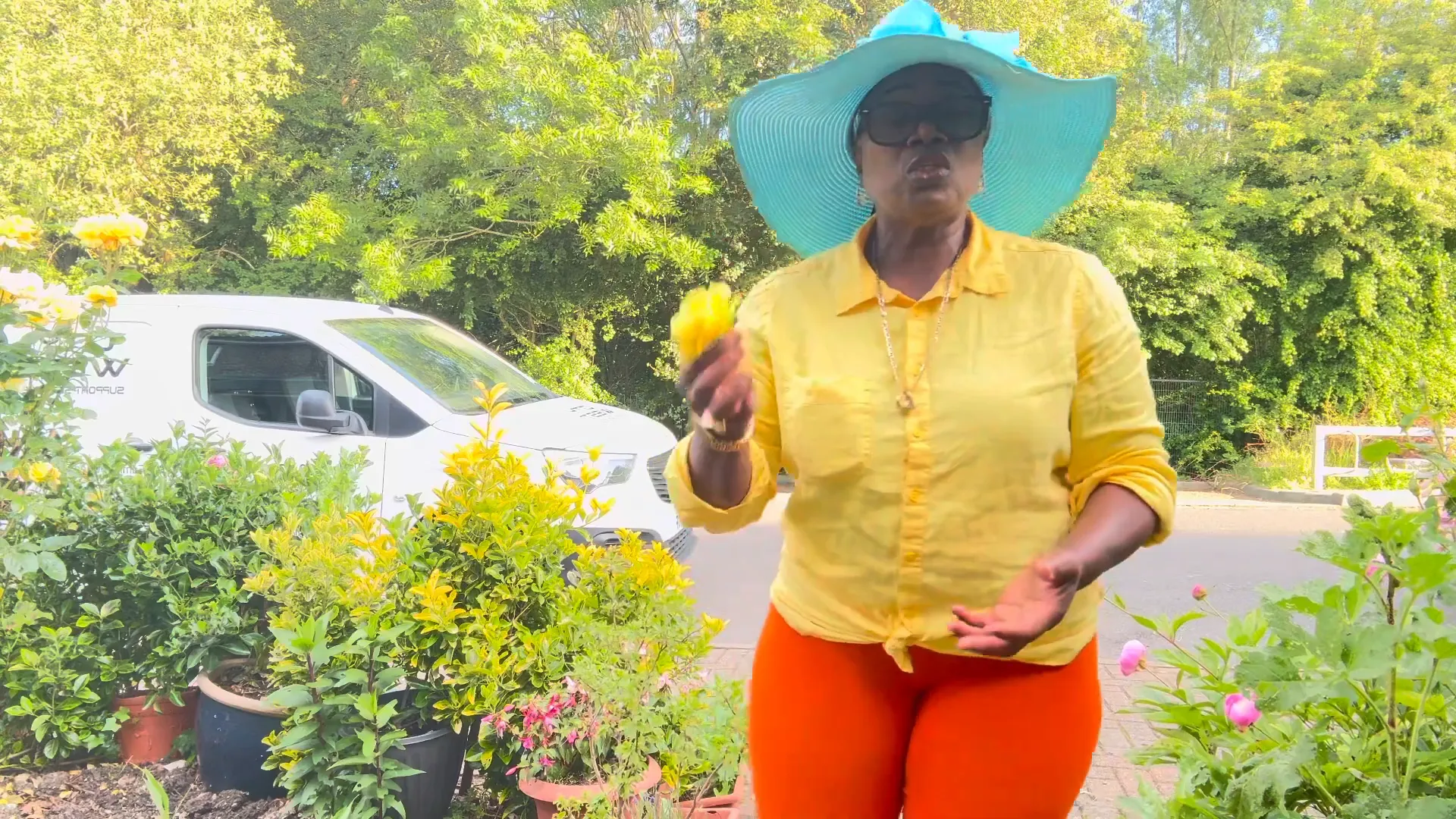
Encouragement to Start Your Own Garden
Feeling inspired to start your garden? Here’s why you should take the plunge:
- It’s Never Too Late: There’s always a way to start gardening, whether you have a large backyard or just a tiny balcony.
- Container Gardening: You can grow various plants in pots, making managing your space and conditions easy.
- Community Support: Join local gardening groups or online communities for advice and support. Sharing your journey can be encouraging!
- Health Benefits: Gardening is not only a way to grow food; it’s also a great form of exercise and stress relief.
So, gather your tools, choose your plants, and start your gardening adventure today. The rewards are endless!
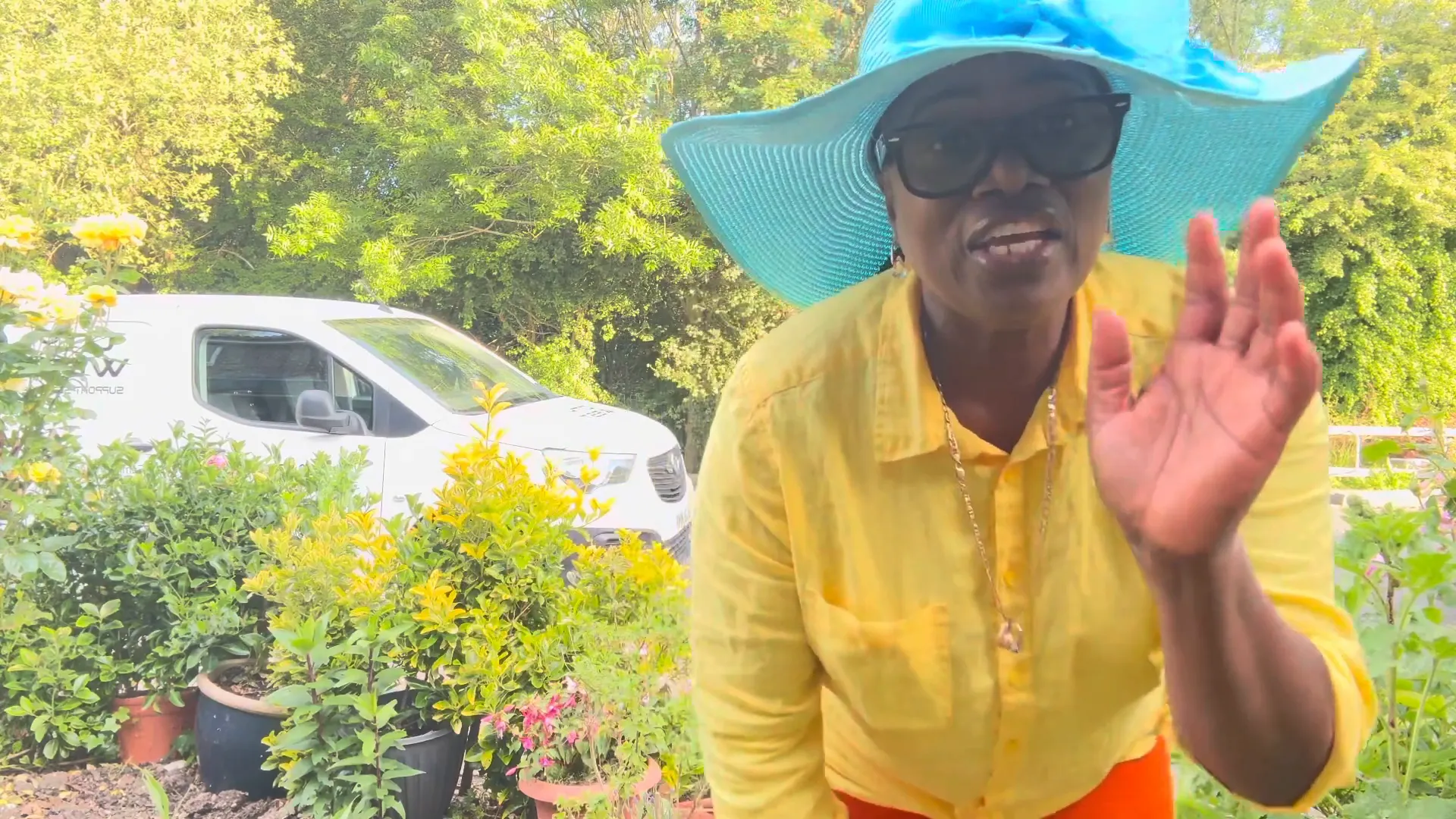
Conclusion: Embracing the Beauty of Gardening
Gardening is a journey filled with beauty, learning, and growth. By integrating flowers with vegetables, practicing essential care techniques like deadheading, and planting seeds, you create a thriving ecosystem that brings joy and sustainability to your life.
As you embrace the beauty of gardening, remember that every seed you plant is a step towards a more fulfilling and connected lifestyle. So, get your hands dirty and let your garden flourish!
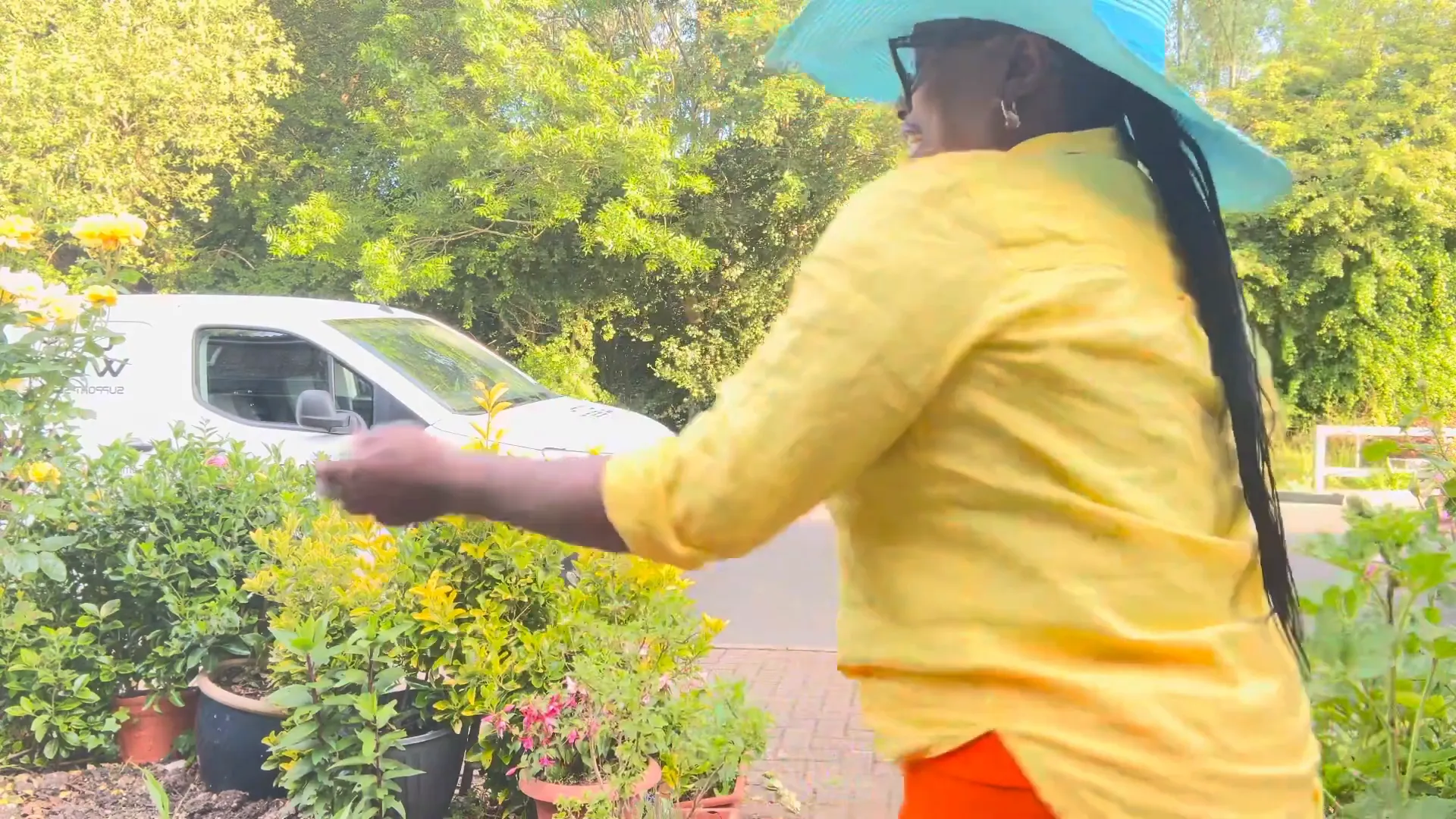


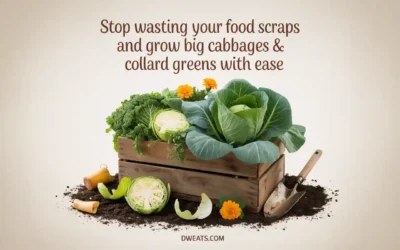

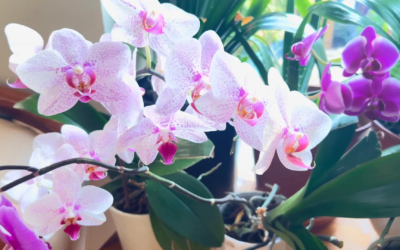
0 Comments